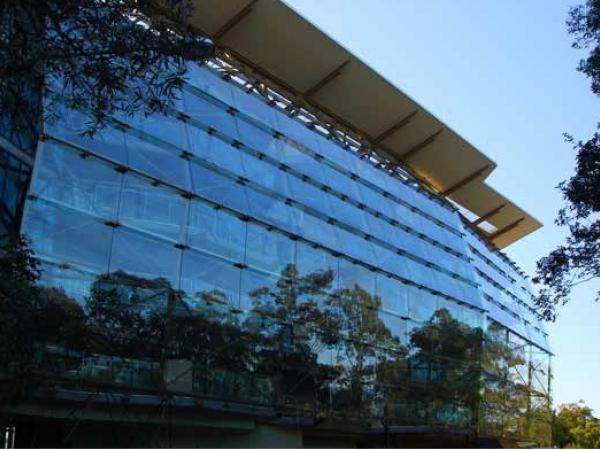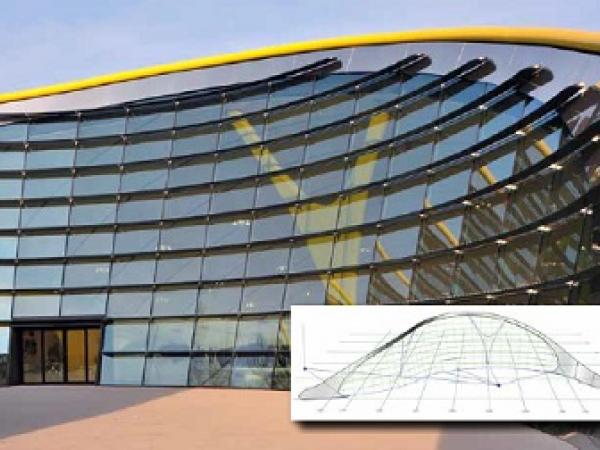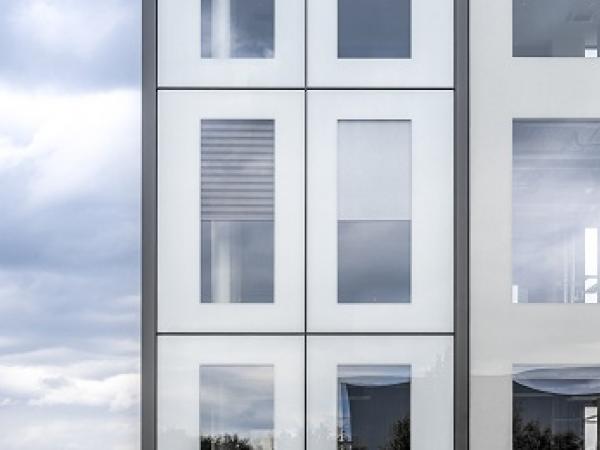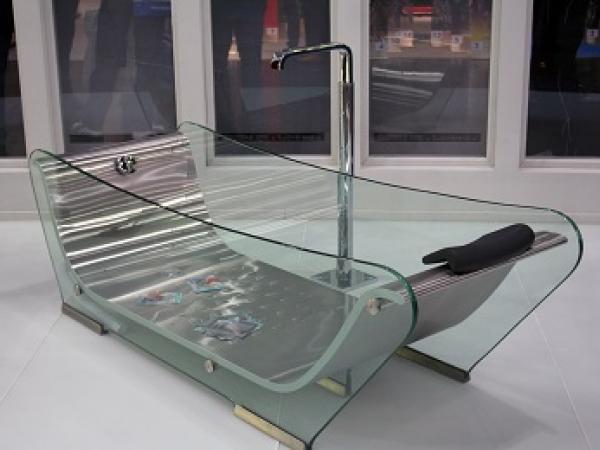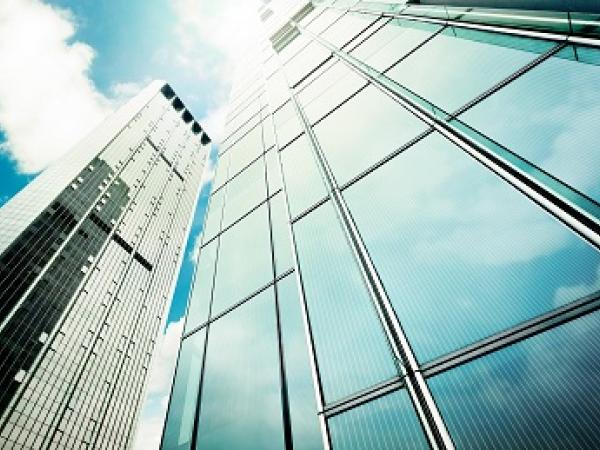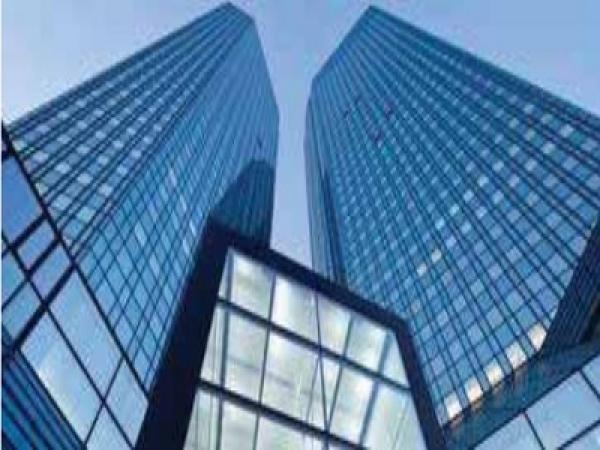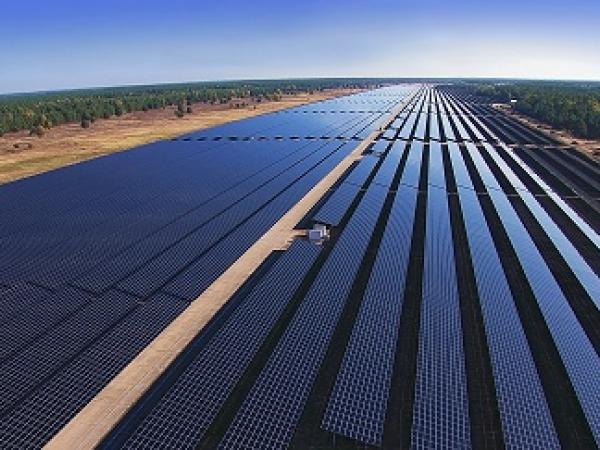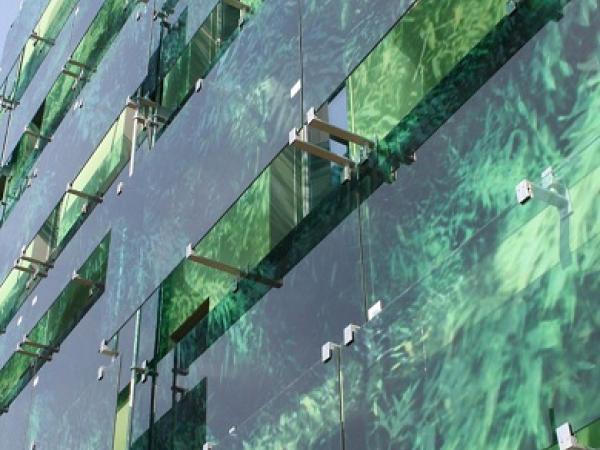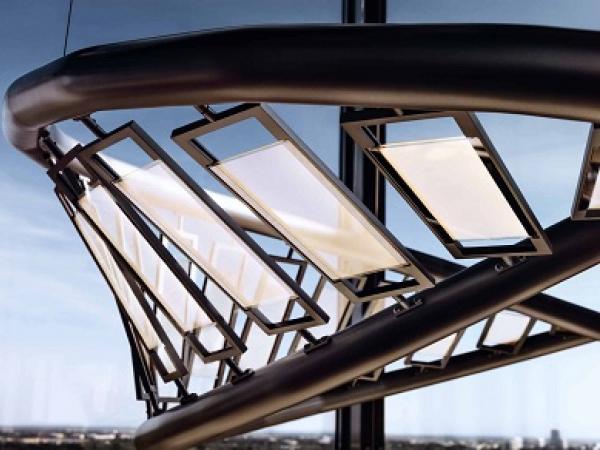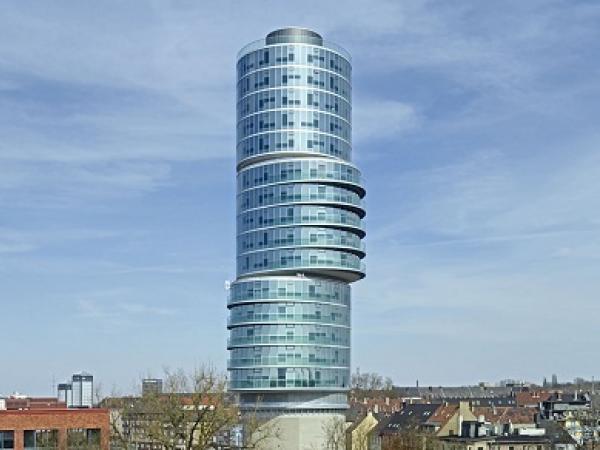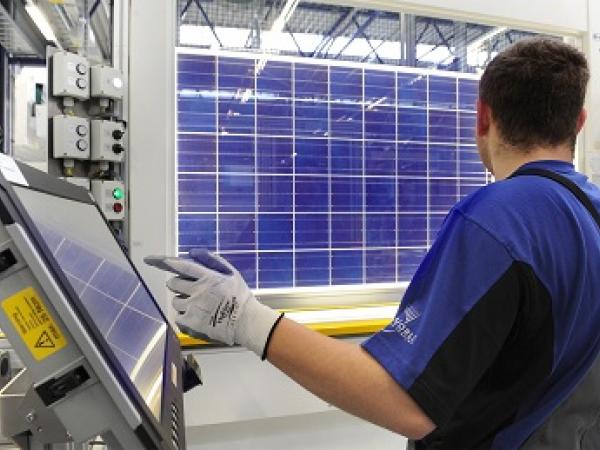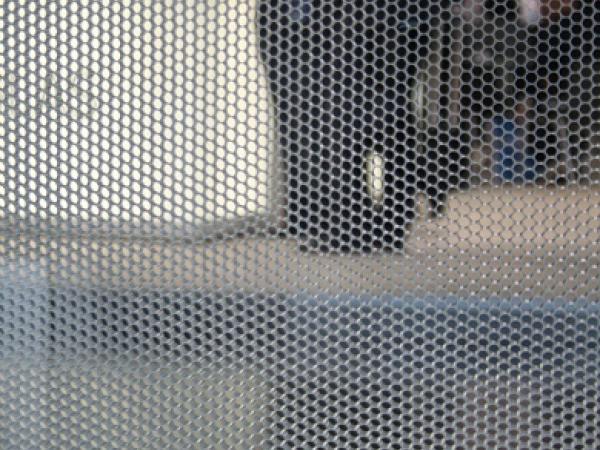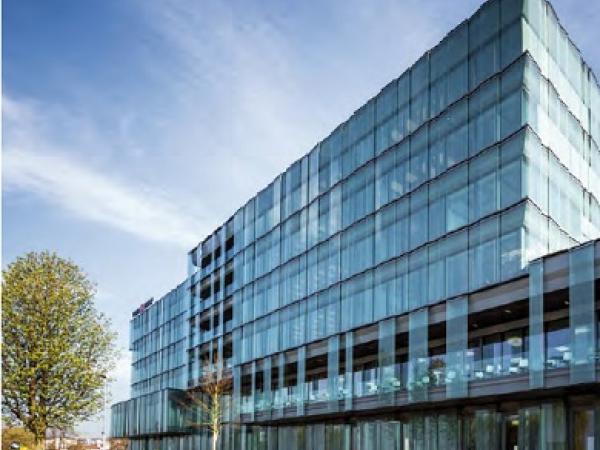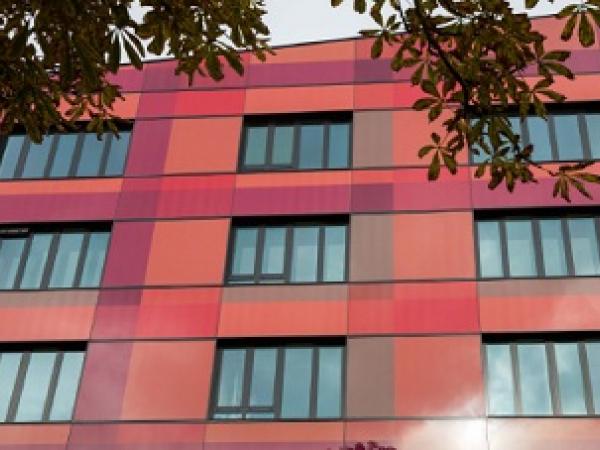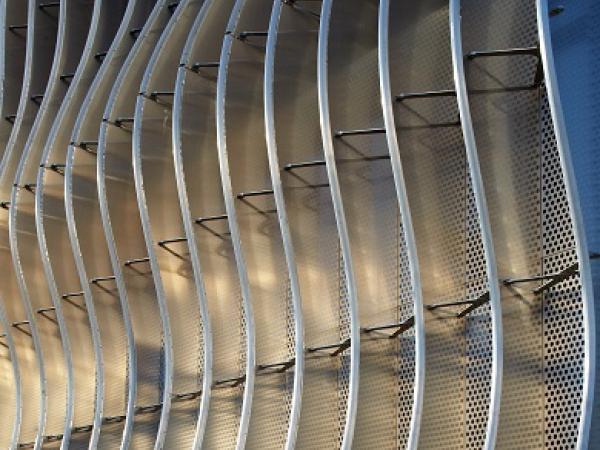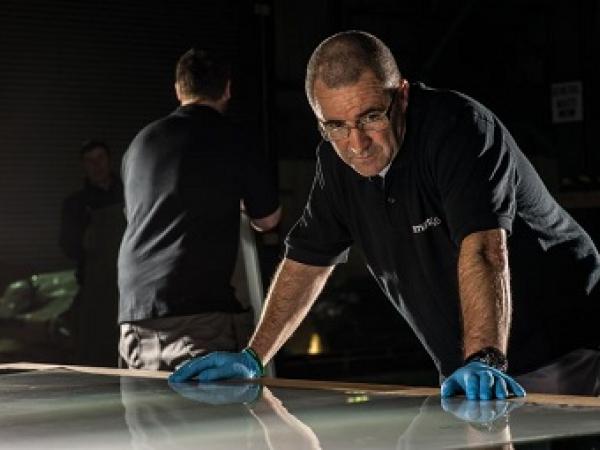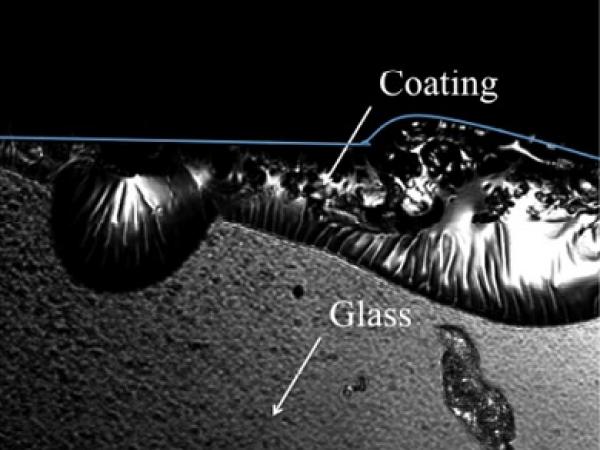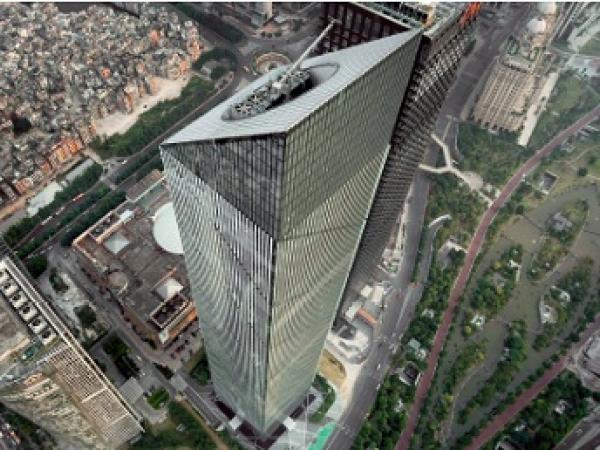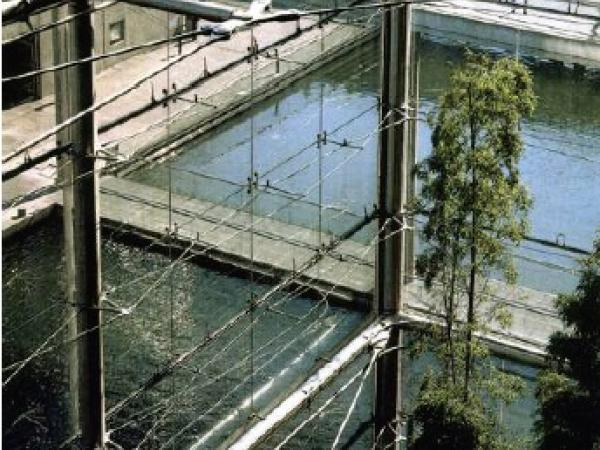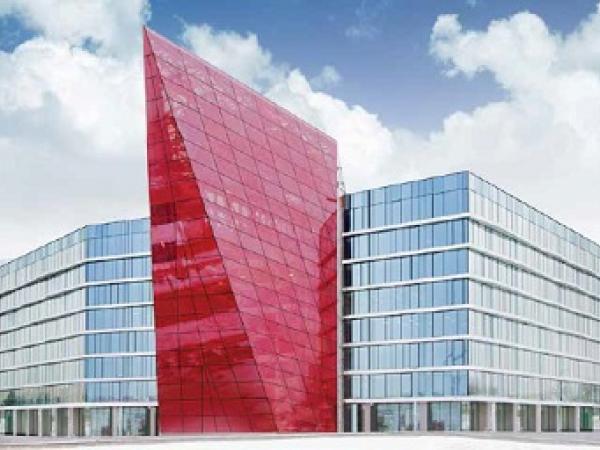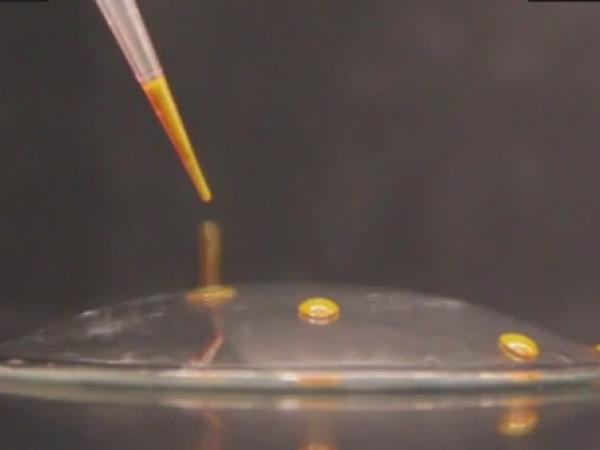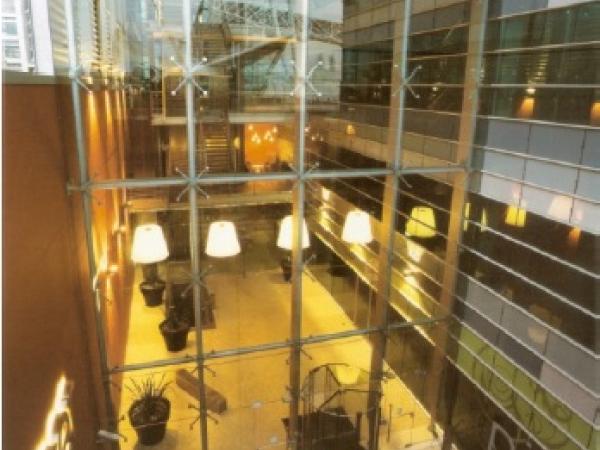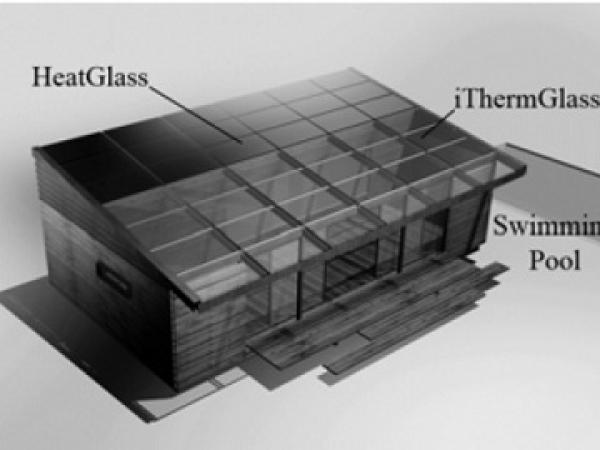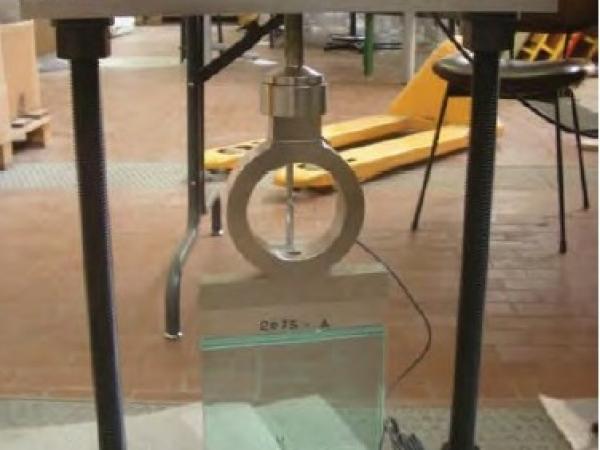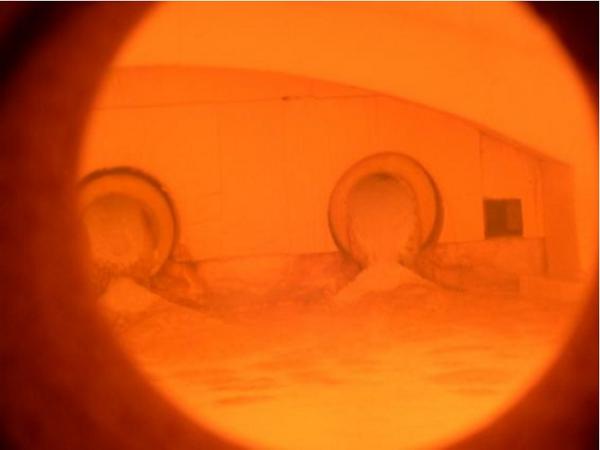Others also read
| SentryGlas® ionoplast interlayer have played a key role in the façade construction on the new Sir Samuel Griffith Centre at the Nathan Campus of Griffith University; a building that is destined to become a model for ‘off-grid’ remote communities that have no access to power.
| The visually stunning cable-stayed glass facade that surrounds the recently-opened Enzo Ferrari Museum in Modena, Italy, is another outstanding demonstration of the qualities and capabilities of SentryGlas® ionoplast interlayer.
| Over half the world’s seven billion inhabitants live in cities, by the year 2050 the number will grow to almost ten billion. In order to avoid a climatic collapse in the metropolises, there is no other alternative to energy-efficient buildings.
| In just two and a half decades glass has very quickly made the transformation from simple window glass to an almost universally applicable material.
| Cities are eating up an increasing amount of heat and electricity. In order to reduce this consumption, buildings have to become increasingly efficient and integrate more renewable energies.
| This paper describes an alternative set of layers stacks which comprises only metallic and oxidic layers and which can be obtained with Leybold Optics’ coaters.
| The crisis of the photovoltaic industry is drawing to a close. While it is true demand for solar modules is dropping in Europe, demand in many other regions is rising rapidly.
| An innovative synthesis of UV-cured digital print and industrial surface coatings transforms façades into modern art
| Thanks to on-going research and development efforts glass products can take on ever new functions.
| Finding ways to improve energy efficiency is one of the greatest challenges facing contemporary architecture.
| Although the costs for solar power have come down considerably lately, photovoltaics are still unable to compete with conventional energy sources.
| High-performance functional glazing has a significant impact on the energy efficiency of buildings and their level of usability or life quality. Experts agree that increased demands will lead to improved functionality of the glass products used in facades.
| SEFAR® Architecture VISION is a range of high-precision fabrics produced from black synthetic fibers coated with metals.
| DuPont™ SentryGlas® Expressions™ technology has played a key role in helping to create a new 1,700 square-metre, bright red glass façade for the AIDA Entertainment building in Hamburg, Germany.
| Zahner opens the public beta for CloudWall™ — the first application for Zahner’s ShopFloor™ platform. CloudWall provides an interface for users to design and fabricate curving facades in metal.
| Prepare the fireworks and parade, we have an announcement to make regarding the reliability and quality of our Privacy and Solar switchable glass products!
| In modern buildings, glass is increasingly used as a load-carrying material in structural components, such as glass beams. For glass beams especially the edge strength of glass is important.
| The Chinese city of Guangzhou may have many skyscrapers, but one has been designed specifically to be a bright beacon against the often gloomy backdrop provided by the city's weather.
| This paper intends to present how applications of structural glass systems have evolved in HDA’s projects since the author’s intial work at La Villette with Peter Rice and RFR.
| The new HQ for the Belarusian Potash Company (BPC) is a staggering example of glazing being deployed to maximise light and colour.
| Resilient, ultraslippery glass could lead to self-cleaning, scratch-resistant windows, lenses, and solar panels
| Currently modern facade buildings rely on glazed curtain wall systems. These systems include either singular aluminium alloy frame glass curtain walls or frameless glass curtain walls. This is the case of the so called spider fixing systems, which are pointed supported.
| One of the main problems of glass façades is concerned with solar radiation and thermal isolation.
| Laminated glasses consist of two or more glass sheets bonded together with plastic interlayers. The lamination gives to LGs a safer behaviour than monolithic glasses, avoiding injuries to people in case of breakage.
| Melting glass is a very energy intensive process, with process temperatures of more than 1600°C required to melt the raw materials in the furnace.

